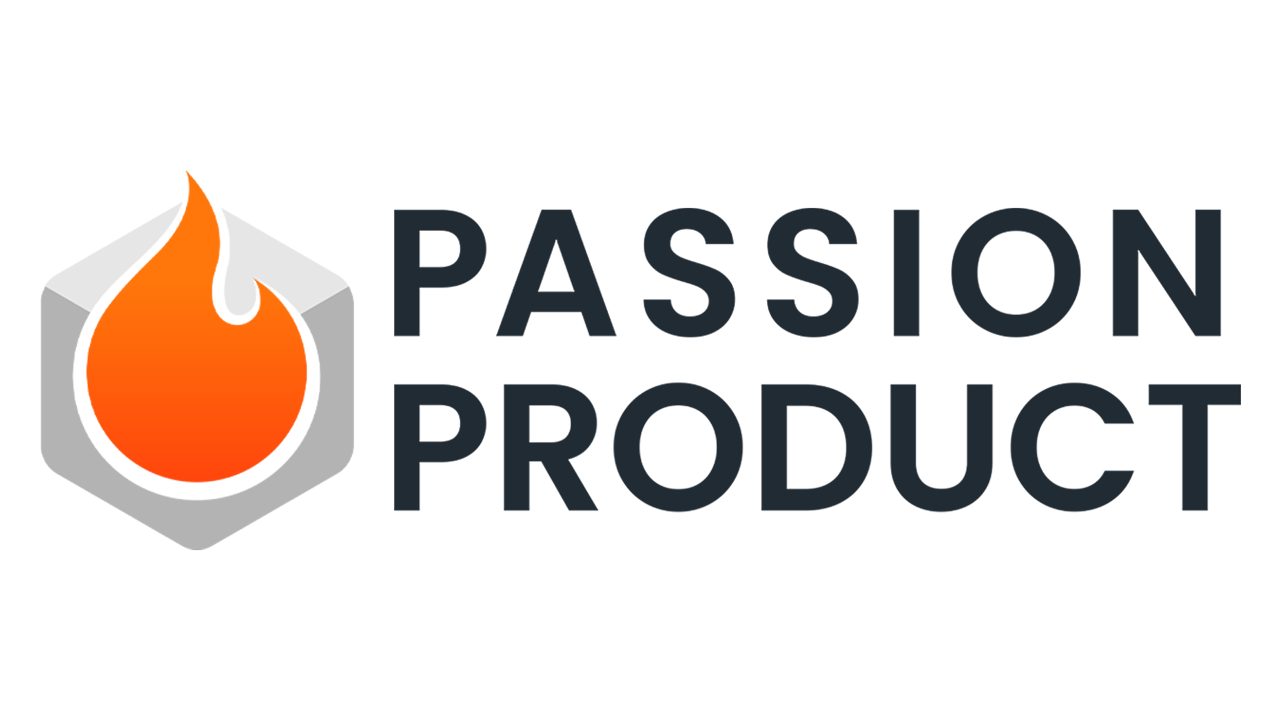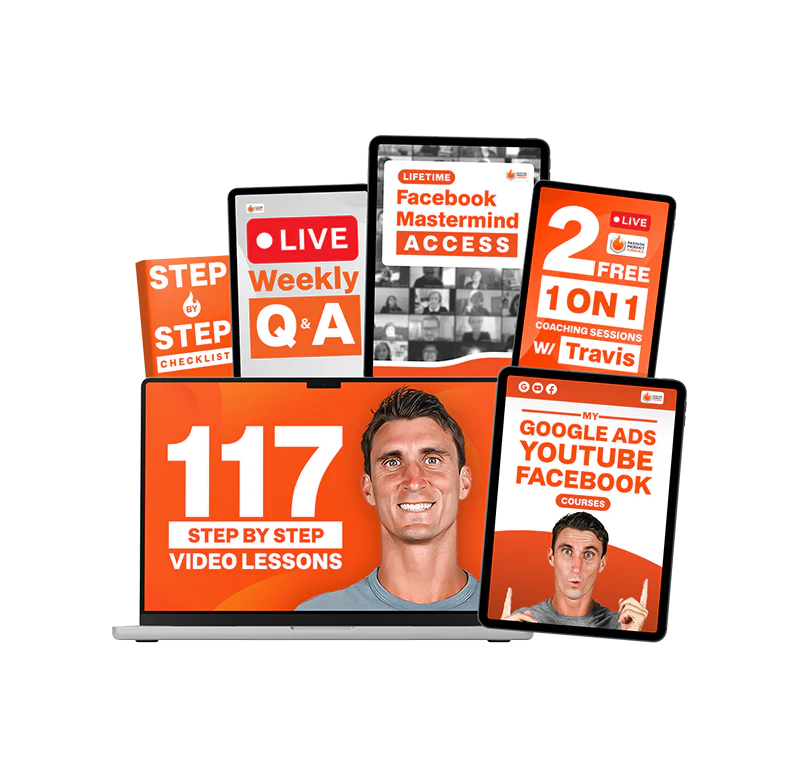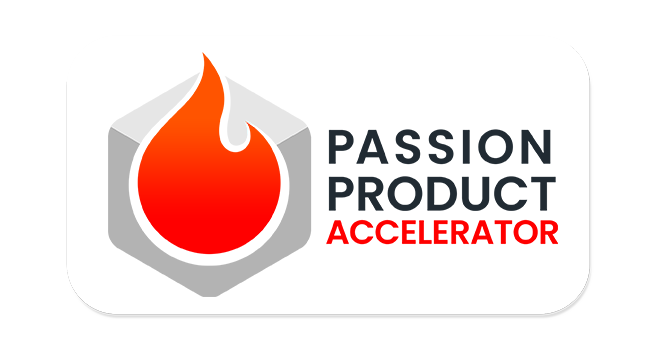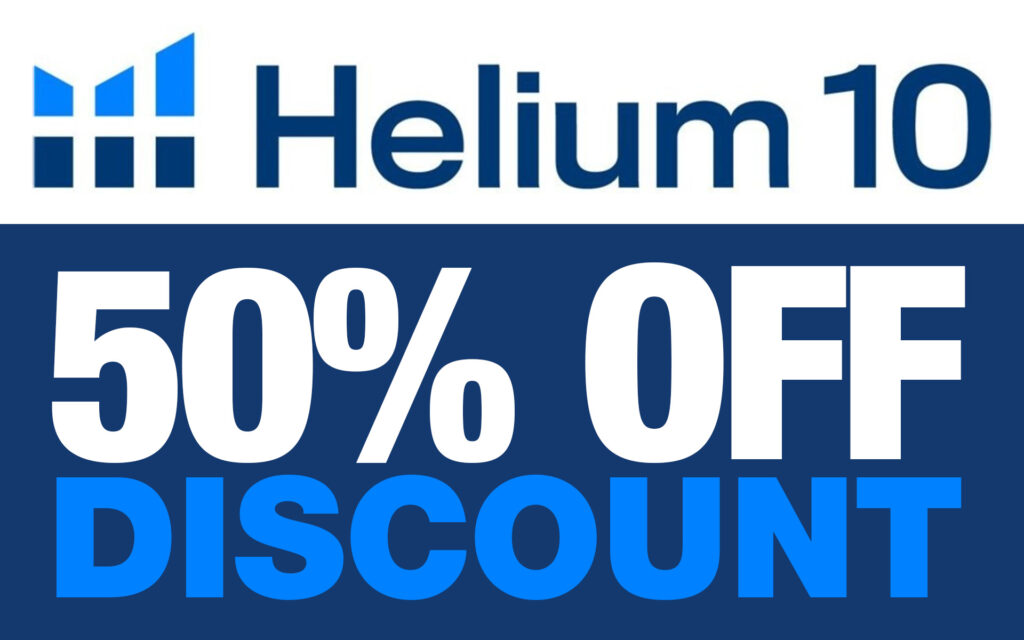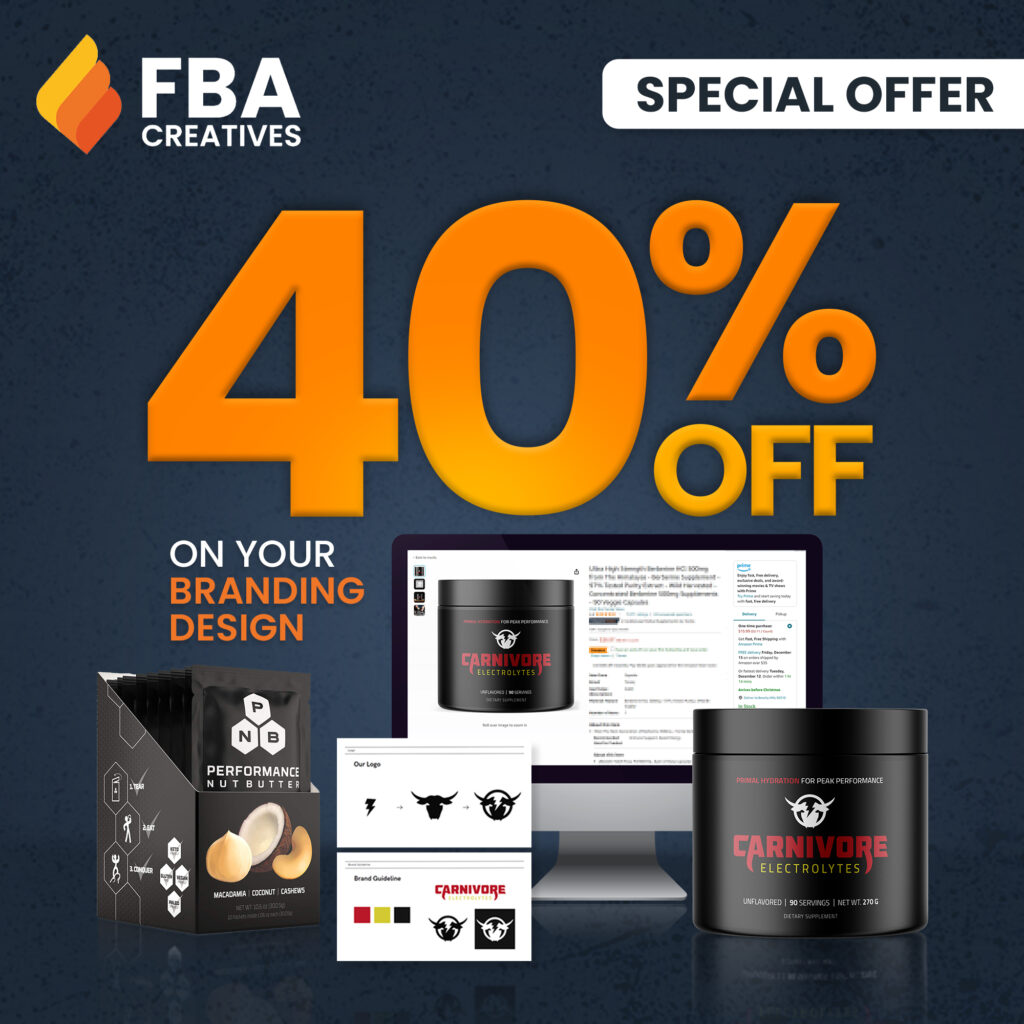Imagine walking away from a high-paying corporate job to chase a product idea you sketched on a notepad. That’s exactly what Sean did—and it changed his life forever.
In a world where the dream of entrepreneurship often feels out of reach, Sean’s story is a shining example of what’s possible with the right mindset, tools, and mentorship. Using the Passion Product Formula, Sean transformed a simple concept into a seven-figure Amazon brand called Nana Hats—all starting with an investment of just $38,750.
This blog post breaks down his inspiring journey, from his initial spark of an idea to the costly lessons he learned along the way. Whether you’re just getting started or looking to scale your Amazon business, this guide will give you real-world insight and a proven formula for turning passion into profit.
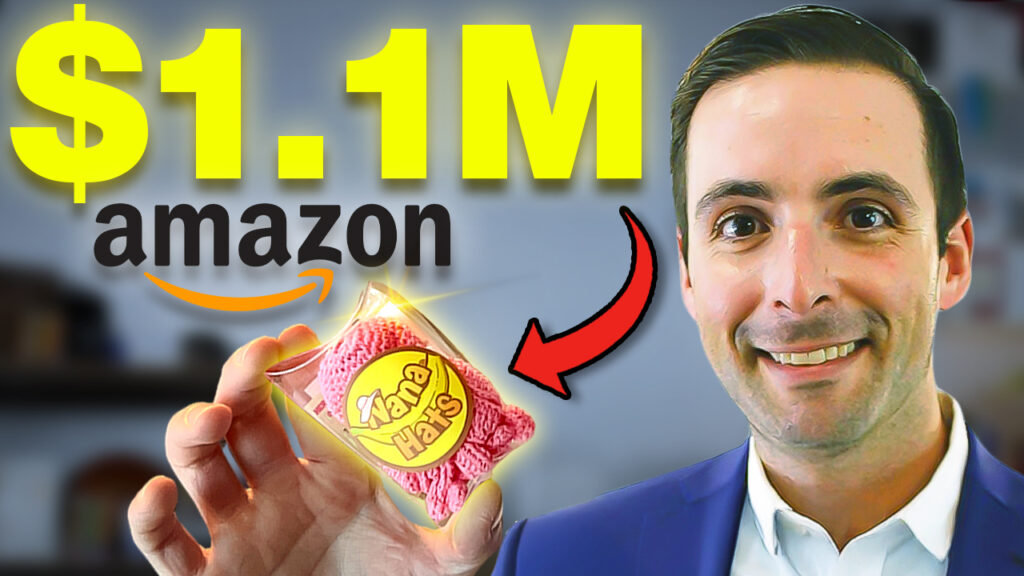
The Spark: How To suceed on Amazon on 2025

Back in 2019, Sean was at the peak of his corporate career. As a wealth manager at one of the largest investment banks in the U.S., he had financial stability, a prestigious title, and a secure future. But despite all that, something felt off. Day in and day out, he listened to clients explain how they had built wealth through entrepreneurship—and it lit a fire within him.
However, he never seemed to have enough time to pursue his own ideas. That all changed when the COVID-19 pandemic hit. Suddenly, Sean found himself working from home with newfound time on his hands. Instead of seeing the lockdown as a setback, he viewed it as a once-in-a-lifetime opportunity.
With clarity and focus, he began revisiting his long list of product ideas. And that’s when a simple observation at the grocery store turned into a business breakthrough.
The Birth of an Idea: Solving a Problem With Passion
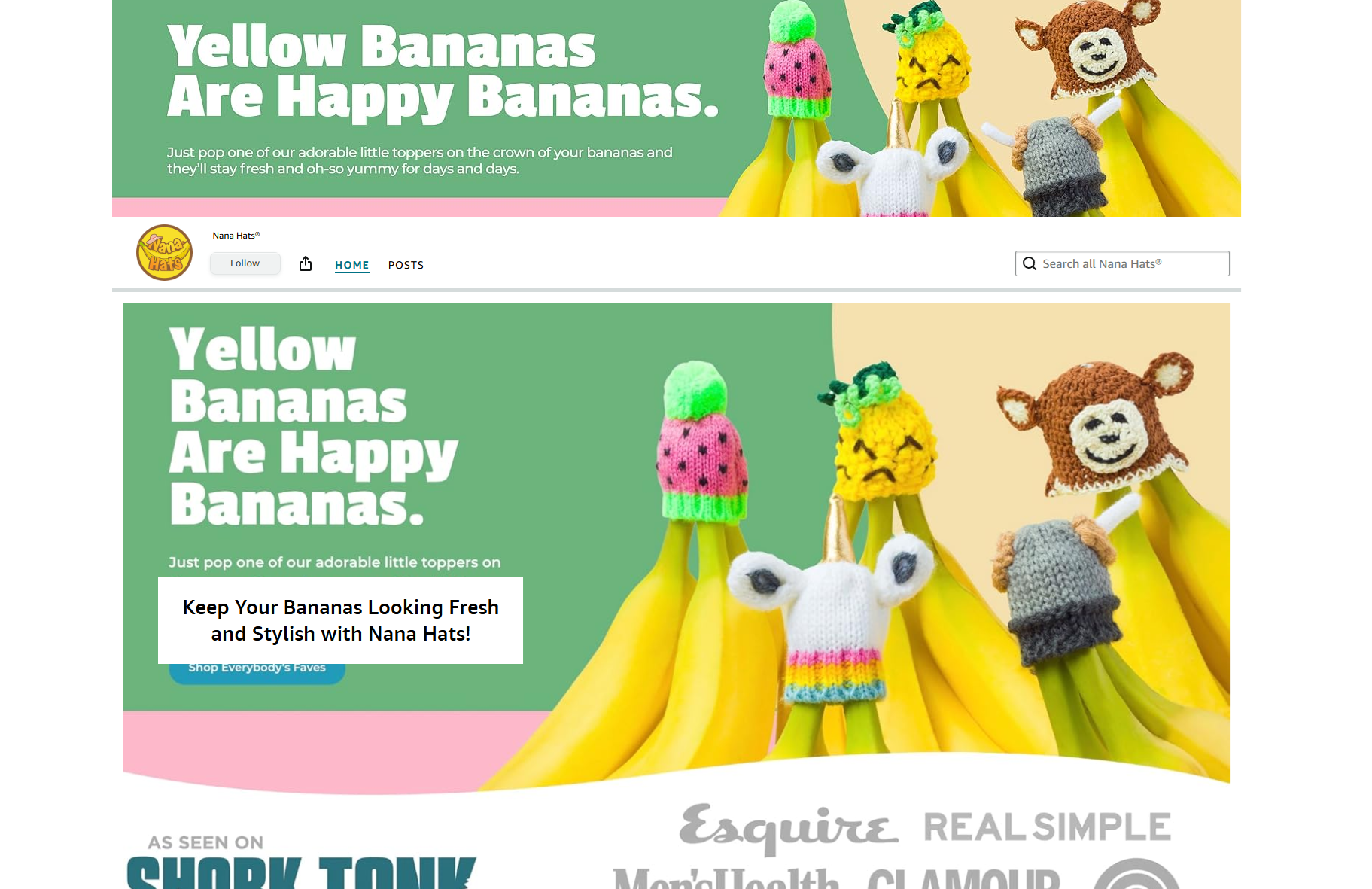
On a routine trip to the grocery store, Sean noticed something curious: the crown of every banana bunch was wrapped in plastic. It was a common method used to preserve the freshness of bananas—but it was far from eco-friendly.
This sparked a thought: What if there was a reusable, sustainable alternative that could not only preserve bananas but also make them fun and marketable? That moment gave birth to Nana Hats, a quirky, eco-conscious product designed to extend the life of bananas while adding a whimsical touch to the kitchen.
Instead of rushing into production, Sean took a step back and did his homework. He Googled endlessly, searching for similar products, but found nothing that resembled his idea. That’s when he contacted a patent attorney, who confirmed that Sean’s concept was truly original.
Encouraged by this validation, he took the next step—filing for a patent. It was a bold move, but it marked the beginning of turning an idea into a real business, backed by intellectual property protection.
Startup Cost Breakdown: What they don’t tell you
Launching a product-based business isn’t cheap, but it’s important to remember that every dollar spent is an investment in your long-term vision. Sean was methodical with how he allocated his startup capital, making sure each expense served a critical purpose in bringing Nana Hats to life.
Here’s how the $38,750 was broken down:
- $5,000 went directly to a patent attorney to protect the product idea and intellectual property. While optional for some businesses, Sean saw it as a must for brand protection and long-term scalability.
- $200 was spent on logo design through Fiverr, proving that great branding doesn’t have to break the bank.
- $800 covered both a word and image trademark to lock down brand assets legally.
- $500 went toward hiring a professional product photographer—key for Amazon listings that convert.
- $1,200 was used to hire a product designer to bring his vision into a tangible, manufacturable design.
- $8,500 covered the cost of the first full production run of silicone banana caps.
- $1,500 went to initial shipping and handling.
- The remaining amount was absorbed by other startup costs, like packaging materials, Amazon seller fees, and business registration.
While $38,750 may seem like a large sum upfront, every dollar was part of a clear strategy to build a real brand—not just a one-off product.
How I Launched a 7-Figure Product Step-by-Step
Step 1: Product Design and Manufacturing
Once the idea was validated and legally protected, Sean had to figure out how to turn a concept into an actual, tangible product. This stage—often the most daunting for new entrepreneurs—was where his preparation and connections paid off.
He began by hiring a product designer for $1,200 who helped create the blueprint for what would eventually become the Nana Hats product line. This included designing the silicone caps and the charming “hat” characters that sit on top.
Next came one of the biggest investments: a 36-cavity mold for $5,000. This mold allowed for mass production of the banana caps, making each unit more cost-effective at scale.
Sean sourced his manufacturer overseas, which required clear communication, negotiation, and trust. Fortunately, his patent attorney introduced him to a reliable manufacturer, who then introduced him to the product designer—a tight-knit, trusted network that saved him time and stress.
Eventually, Sean spent $88,500 to produce 10,000 units of the silicone caps. That may sound like a lot, but as you’ll see, it was only the beginning of a growing product line.
Step 2: Building a Brand: Packaging, Photography & Logo Design
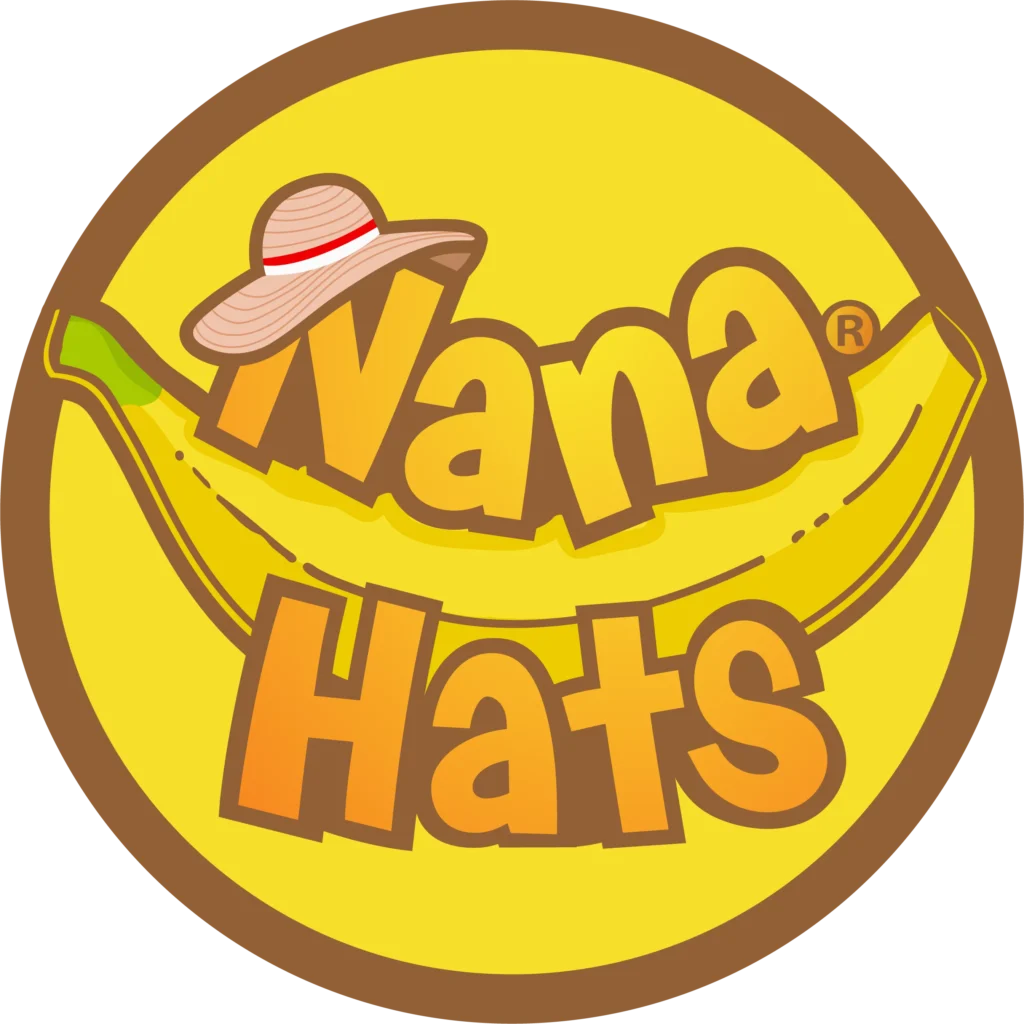
One of the biggest differentiators in eCommerce isn’t just the product—it’s the presentation. Sean knew that if he wanted to build a memorable and lovable brand, he had to go beyond functionality and tap into lifestyle branding.
To start, he hired a designer on Fiverr for just $200 to create a playful, professional logo. The packaging? Sean designed it himself—saving hundreds of dollars while staying fully in control of his brand identity.
He also spent $500 hiring a professional photographer to shoot both product and lifestyle images. These high-quality visuals were used on Amazon listings and social media ads, making his product instantly stand out from the crowd.
For those without the time or skills to do it all, Sean recommends platforms like 99Designs, Upwork, or companies like FBA Creatives—but in his case, he kept it lean and DIY in the early stages.
All of these efforts combined to create a strong visual identity and a product that not only worked—but looked like it belonged on a store shelf or in a kitchen influencer’s Instagram feed.
Step 3: Setting Up the Business Legally

Turning a product idea into a legitimate business means getting the legal and logistical pieces in place. Sean approached this stage with caution and intention, understanding that a strong foundation would help him avoid headaches down the road.
To make things official, he formed an LLC (Limited Liability Company), which cost him about $700. While it’s possible to form one for around $200 using platforms like WregAgent.net, Sean chose to go through the process himself online for added control. An LLC offers a layer of protection between your personal assets and business liabilities—a smart move for any serious entrepreneur.
In addition to the LLC, Sean filed for a DBA (Doing Business As) through LegalZoom for $99. While a DBA doesn’t offer legal protection like an LLC, it’s useful for branding and marketing purposes.
From a tax and compliance standpoint, these early decisions paid off. Not only did they help Sean stay organized, but they also boosted his credibility when working with manufacturers, shipping companies, and Amazon itself.
Tools That Made It Possible: Helium 10 & More

Building a product is one thing—selling it is another. Thankfully, Sean leaned into one of the most powerful eCommerce tools available: Helium 10.
Helium 10 is an Amazon product research platform that helps sellers analyze customer demand, search volume, competition, and profitability. Sean used it to validate that there was an untapped market for his product, based on keyword data and niche trends.
Here’s why that matters: Amazon is a search engine, and customers don’t browse randomly—they search with intent. The terms people type into the search bar are called keywords, and knowing what people are searching for can make or break your product’s success.
Helium 10 allowed Sean to identify high-demand, low-competition keywords to position Nana Hats strategically. If you want to unlock premium features, discount codes are often provided by coaches like Travis in The Passion Product Formula—something Sean took full advantage of.
In addition to Helium 10, Sean used FBA Creatives to handle everything from design to keyword optimization. These tools helped streamline his workflow, save costs, and amplify brand visibility.
Step 4: The Amazon FBA vs FBM Dilemma

When it comes to fulfilling orders on Amazon, sellers typically choose between FBA (Fulfilled by Amazon) and FBM (Fulfilled by Merchant). Sean initially chose FBM—and quickly realized it was a mistake.
With FBM, he shipped all the products directly to his condo. He and his wife assembled, packed, and labeled thousands of units—turning their living space into a full-blown logistics center. Every day involved multiple trips to the post office, and the process became exhausting.
That’s when he learned about the true power of FBA. With Fulfilled by Amazon, sellers ship their inventory directly to Amazon’s warehouse. Amazon then handles the rest: picking, packing, and shipping to customers. Not only does this free up your time, but it also improves your customer experience with faster Prime delivery and automated tracking.
Sean learned this lesson from watching YouTube videos by Travis, the creator of The Passion Product Formula, who strongly advocates for FBA from day one. Travis’s insights helped Sean understand that Amazon’s fulfillment system wasn’t just convenient—it was a competitive advantage.
Switching to FBA drastically reduced Sean’s workload, improved shipping speed, and allowed him to focus on growth rather than operations.
Finally Launch Day
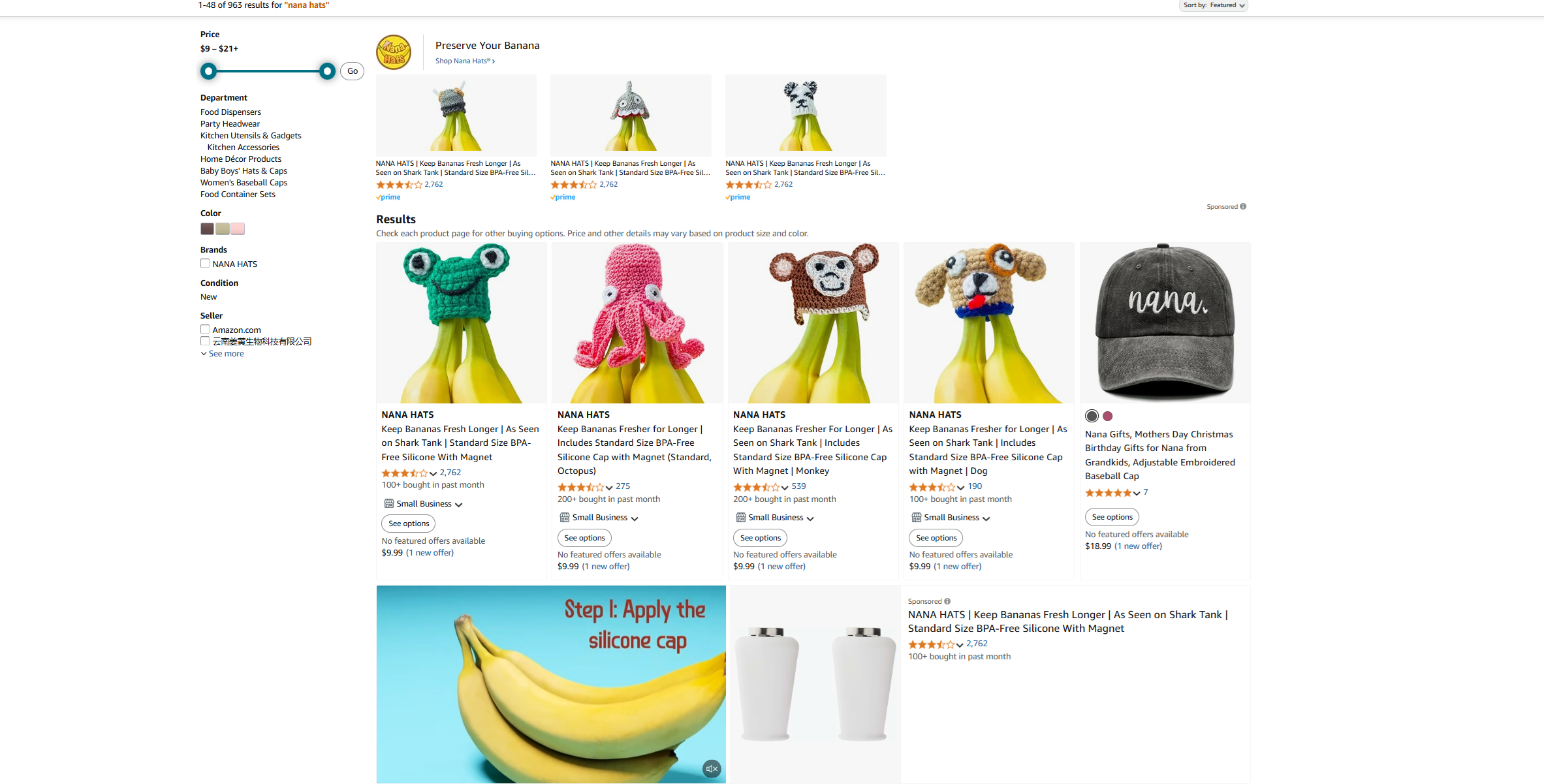
First Year Sales & Profit
With everything finally in place—product, packaging, branding, and logistics—Sean launched Nana Hats on Amazon. As with any new business, he experienced a mix of excitement and anxiety. However, he quickly discovered that launching is just the beginning; the real challenge lies in marketing and customer acquisition.
In his first year, Sean generated $142,000 in revenue. While impressive, he was quick to point out that this figure represented revenue, not profit. The cost to produce over 10,000 units, along with Amazon’s fees, shipping, and advertising, left him with a $10,000 net loss for the year.
Let’s break down some of those expenses:
- Over $21,000 went to Amazon’s 15% referral fee—essentially the platform’s cut for each sale.
- Another $30,000+ went to the Amazon “Pick and Pack” fee under the FBA model.
- Sean spent $122,000 on PPC (Pay-Per-Click) advertising, ensuring his listing showed up in top search results.
While the numbers might look discouraging, Sean remained focused on the long game. He understood that many of these costs were one-time startup investments—like the mold, design, and early branding. He also knew that year one was about building traction, collecting reviews, and learning fast. Growth, not profit, was the north star.
Learning Through Losses: Year 2 & 3 numbers
In year two, Sean’s Amazon sales grew to $390,000. The jump in revenue was proof that his product was resonating with customers. However, expenses scaled alongside it, leading to another $20,000 loss.
This was due in part to higher production volumes—Sean spent $216,000 manufacturing approximately 28,000 units. Additionally:
- He paid over $58,000 in referral fees.
- PPC costs climbed to $83,200.
Even with rising costs, Sean didn’t flinch. He used this time to reinvest in the business and expand the Nana Hats product line based on customer feedback. That meant redesigning the silicone caps to be more durable and launching larger sizes for banana bunches.
By year three, things had really started to snowball. Revenue grew to $500,000, and Sean spent $277,000 to produce 36,000 units. Yet again, he posted a loss—this time about $30,000. But despite the financial setback, his brand was growing stronger, his customer base was expanding, and his confidence in long-term profitability was unwavering.
Many entrepreneurs would panic at three straight years of losses. But Sean saw them as part of the process. As he explains, “Businesses aren’t a success based on only one or two years of running.”
How Shark Tank Made me $1 mILLION
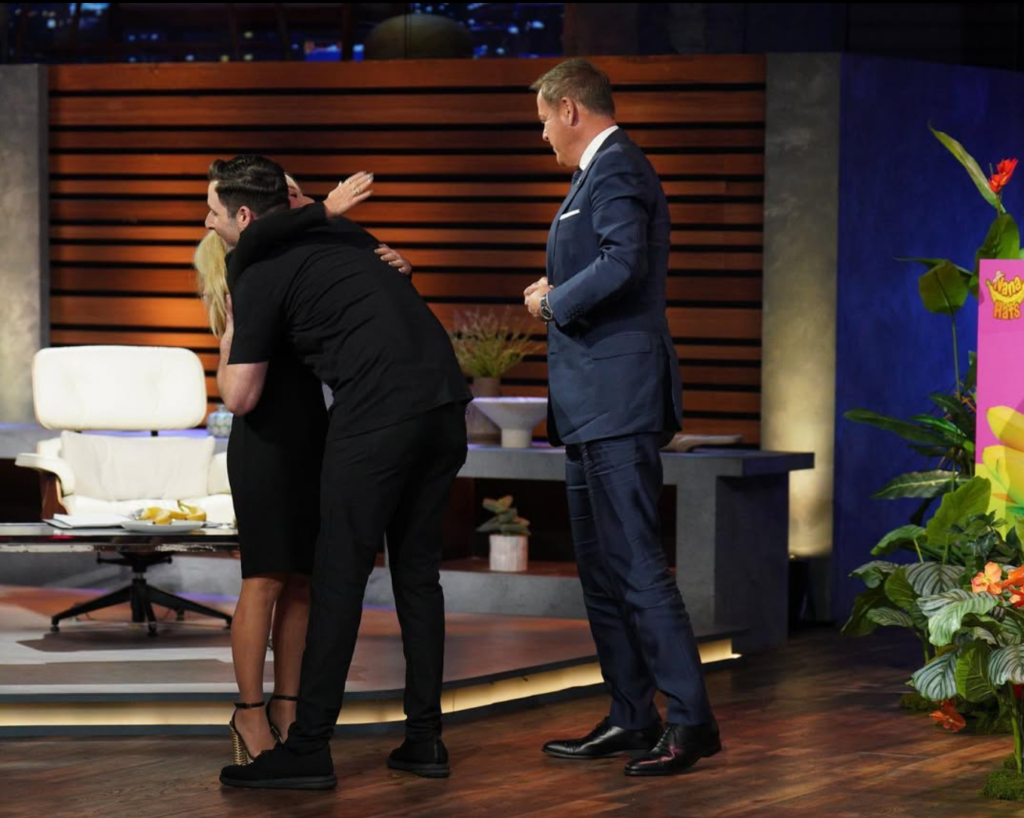
Year four marked a major milestone: Nana Hats appeared on Shark Tank. This exposure dramatically increased brand awareness, leading to a significant boost in sales and traffic.
In total, the brand crossed $100,000 in sales for that year alone—just through Amazon. But the real magic happened outside the platform. With a newly launched DTC (Direct-to-Consumer) website, Sean began driving traffic through email marketing, organic search, and social media—cutting down customer acquisition costs and increasing profit margins.
Although the business still posted a $22,000 loss, Sean wasn’t discouraged. In fact, he saw the Shark Tank appearance as “free national marketing” that would benefit the brand for years to come.
And by this point, his Amazon-only revenue had crossed $1.1 million in total sales. While profit margins were still thin, Nana Hats had clearly transitioned from a passion project into a recognized brand. More importantly, Sean had proven that The Passion Product Formula wasn’t just theory—it worked in the real world.
Mistakes That Cost Me Over $245,000
No success story is complete without a few painful lessons—and Sean’s journey is no exception. In total, he estimates that three major mistakes cost him over $245,000. But instead of dwelling on regret, he uses them as teachable moments for future entrepreneurs.
Mistake #1: Redesigning Too Early – $110,000 Loss
Sean acted on instinct rather than feedback. He jumped the gun on a major product redesign before gathering real-world data from customers. The result? Tens of thousands of dollars in wasted inventory and design costs. Lesson learned: always listen to your market before making big changes.
Mistake #2: Mismanaging Shipping – $115,000 Loss
Initially, Sean handled all fulfillment from his condo. Not only was this physically exhausting, but it also cost him a fortune. Had he used Amazon’s deeply discounted shipping partners from the start, he could’ve saved significantly on logistics.
Mistake #3: Hiring the Wrong Marketing Agencies – $20,000 Loss
Thinking he needed professionals, Sean outsourced his marketing to agencies who didn’t fully understand his brand. The campaigns underperformed, and the messaging missed the mark. Now, Sean insists that new sellers either manage marketing themselves or thoroughly vet any firm they hire.
What I Would Do Differently: Advice for New Sellers
Looking back, Sean sees his mistakes as stepping stones. But if he had the chance to do it all over again, here’s what he would prioritize:
- Gather real customer feedback early and often. Use that feedback to iterate, not assumptions.
- Go FBA from the start. It streamlines operations and keeps your focus on growing the brand.
- Start lean but think big. DIY your branding and packaging if you have to, but set a foundation for scalability.
- Master the tools. Learn Helium 10, understand PPC, and don’t outsource blindly.
- Join a proven program. Having a roadmap makes all the difference—especially one like The Passion Product Formula.
Why Passion Product Formula Is a Game Changer
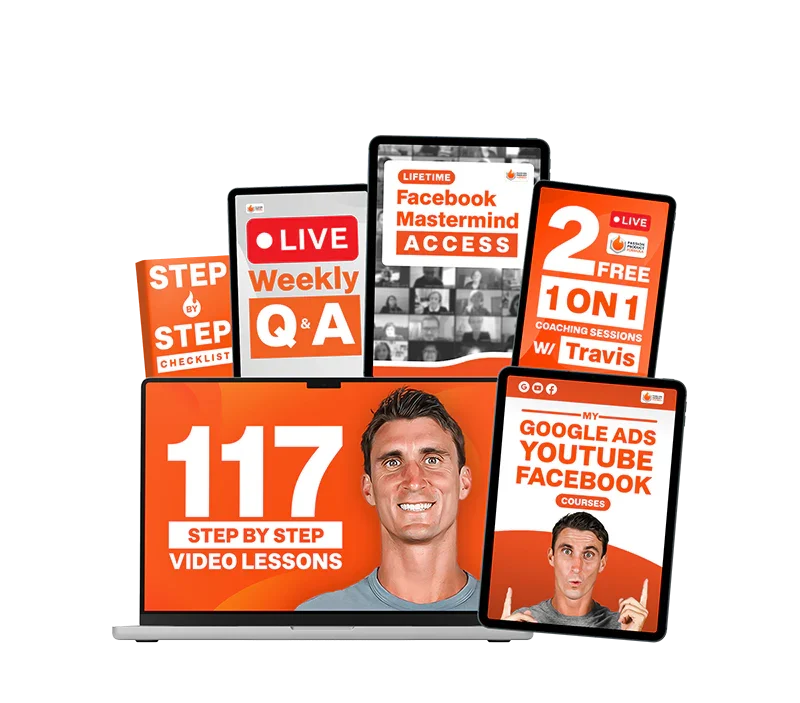
Throughout his journey, Sean leaned heavily on Travis’s Passion Product Formula, a comprehensive program that teaches you how to go from idea to fully launched Amazon FBA brand. More than just tactics, it gives you structure, support, and community.
What makes the Passion Product Formula stand out is its step-by-step clarity, designed specifically for people who want to create a meaningful brand—not just sell random products for short-term gain.
Sean credits the program for helping him:
- Identify a unique product niche
- Understand keyword demand and product-market fit
- Avoid common Amazon pitfalls
- Build brand equity from day one
If you’re serious about launching your own brand, this program could be your secret weapon.
Conclusion: From Idea to 7-Figures

Sean’s journey from overworked wealth manager to purpose-driven entrepreneur is a testament to what’s possible when you stop waiting and start building. Nana Hats wasn’t just a product—it was a symbol of change, a tangible result of acting on a dream.
Even after losses, challenges, and learning curves, Sean never gave up. Today, his brand has generated over $1.1 million in sales, built an enthusiastic customer base, and gained national exposure—all while staying true to its quirky, eco-friendly mission.
Whether you’re at the beginning of your journey or looking to reignite your passion, remember this: one well-executed idea can change everything.
Here’s what his journey teaches us:
- A global crisis can become a life-changing opportunity
- Investing in quality (patents, design, research) pays dividends
- Mistakes are inevitable, but they’re also the best teachers
- Tools like Helium 10 and Amazon FBA can supercharge your success
- Community and guidance—like The Passion Product Formula—accelerate growth
If you’ve ever dreamed of launching your own product, now is the time. And with the right formula, you don’t have to do it alone.
Frequently Asked Questions
1. How much does it cost to start an Amazon FBA business realistically?
It varies, but a realistic range is $3,000–$10,000 for beginners. Sean invested $38,750 because of legal protections, professional design, and a large first production run.
2. What is the Passion Product Formula and how does it help?
It’s a guided program that teaches entrepreneurs how to launch and grow a unique product brand on Amazon, focusing on differentiation, branding, and long-term growth.
3. Is Amazon FBA still profitable in 2024 and beyond?
Absolutely! While competition has increased, tools like Helium 10 and strategies from Passion Product Formula make it easier to stand out with the right product and niche.
4. What are the biggest mistakes new Amazon sellers make?
Overspending on marketing, neglecting customer feedback, and failing to research keywords or use FBA correctly are some of the most common—and costly—mistakes.
5. Can I start an Amazon business while working a full-time job?
Yes! Many sellers start as a side hustle and transition full-time later. Sean started while working from home and gradually built his business before making the leap.
